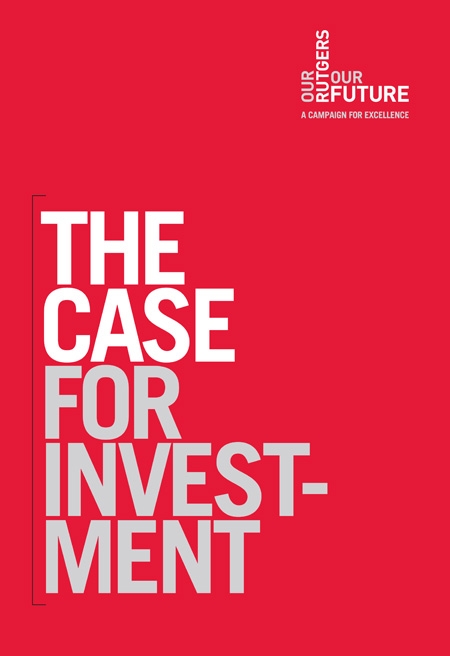Talking Strategy
Fred Wilson
We begin our work with Research and Strategy, bringing your goals and your messages into focus, thinking about the communications challenges we need to meet, weighing the options at hand.
We’ll cover our approach to these tasks in depth in a later post, but for now a few key points: First, we always take time to assimilate any past research or strategic planning you’ve done. Second, we typically conduct focus groups and interviews to learn more about your organization and the audiences you need to reach, customizing the composition of these groups and our line of questions to meet your needs. And third, we think in detail about the way you will use the materials we create—how they will reach your audience and how you want them to work. This is one of the main topics at the in-depth initial meeting that brings together our project team and yours.
The dialog and thought that happen in this early phase of work are essential to the success of everything that follows. This is why we end this phase with a written statement—a Project Brief or a more extensive Report of Findings and Recommendations. This document becomes our guide for the project, and over the months that follow it can be an invaluable reference, helping keep us on course.






















